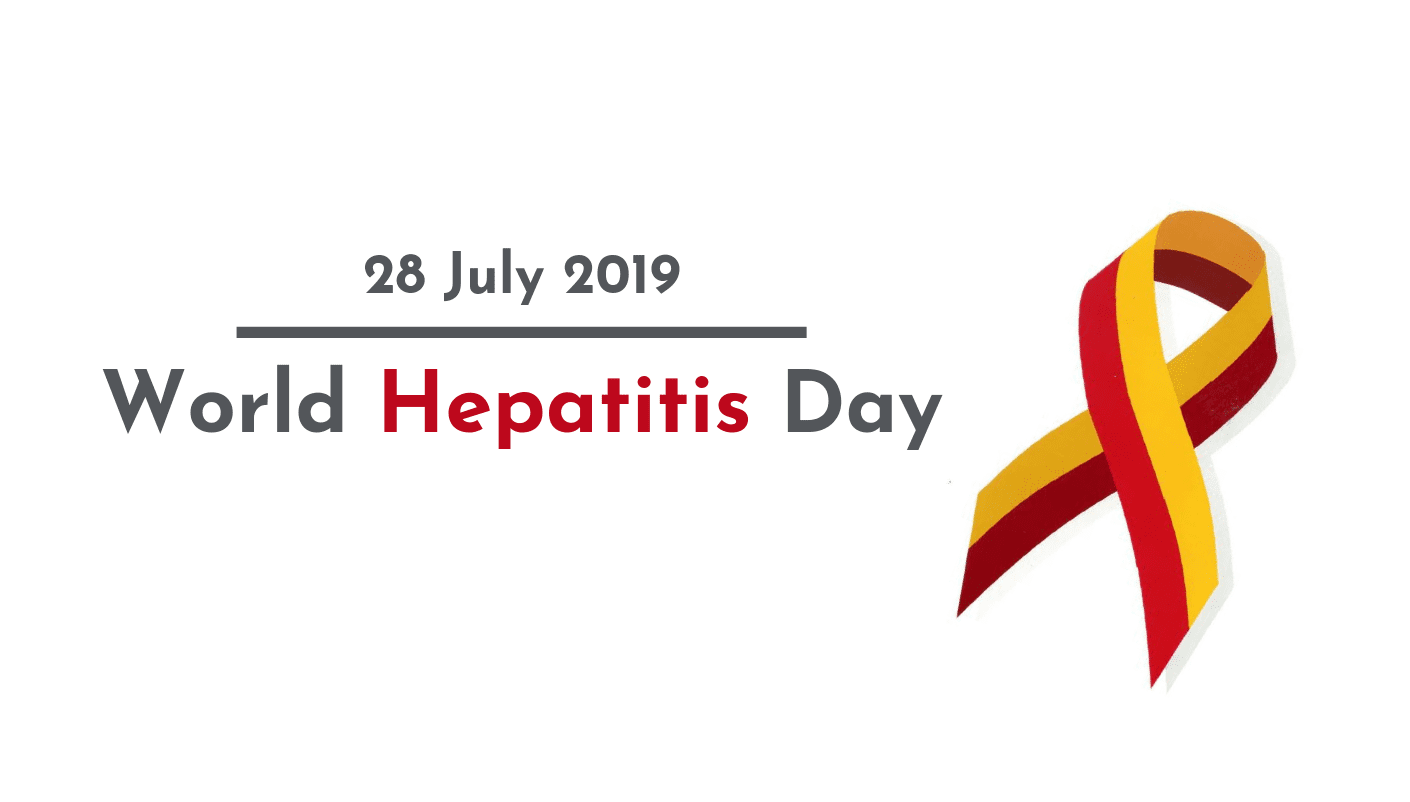
Prof Peter Karayiannis is the Associate Dean for Faculty & Research, Co-Chair of the Department of Basic & Clinical Sciences and Professor of Microbiology/Molecular Virology at the University of Nicosia Medical School.
On the occasion of the World Hepatitis Day
Professor Karayiannis, as you are aware, in 2016 the World Health Organisation (WHO) set a goal that by the year 2030 viral hepatitis would be eliminated worldwide. You are a member of the National Coordination Committee for the Elimination of Hepatitis C in Cyprus. Do you think this is feasible?
This global strategy requires the co-operation of all countries in the world. The elimination campaign would entail the provision of appropriate information raising awareness about the viruses, their transmission and prevention measures, testing of individuals particularly in high risk groups to identify those infected, confirm active infection and begin antiviral treatment. This of course assumes that the appropriate funds will be made available by national governments. WHO recognises that this strategy may prove a mammoth task for some countries.
In Cyprus the National Plan for the Elimination of Hepatitis C was launched last Thursday 25 July 2019 at the Ministry of Health. I am glad to say that Cyprus with its low incidence rate of these infections is in a unique position to be among the first countries in the world to achieve the WHO targets.
What is Viral Hepatitis, how is it caused and how many types do we have?
Hepatitis is the term used to denote inflammation of the liver either due to infection with viruses or due to purely pathological reasons. There are 5 hepatitis viruses known as A, B, C, D and E. A and E are transmitted through the faecal-oral route by drinking contaminated water or eating contaminated food, whilst B, C and D are blood borne and infection is by untested blood transfusions, contaminated needles and syringes as in the case of illicit drug use and through sex with B and D, and less so with C. Infection with A and E is self-limiting leading to complete recovery, whilst B, C and D infection can lead to chronic infection which lasts for life. Long term infection causes liver damage that eventually may lead to fibrosis, cirrhosis and hepatocellular carcinoma. It is estimated that there are 290 and 72 million carriers of B and C respectively worldwide, with 1 million deaths yearly due to liver cancer.
Is there a specific type that is common to Cyprus?
Nowadays with increased hygiene conditions A is very rare in Cyprus whilst E is largely unknown. The ones likely to be encountered are B and C, but luckily Cyprus has one of the lowest incidence rates in the world, estimated at 0.6%. Between 2015-2018 there were 332 new cases of hepatitis C identified, whilst around 180 existing cases would require imminent treatment.
What are the symptoms?
In acute symptomatic infection, the most obvious sign is the development of jaundice (icterus) characterised by the yellowing of the skin and the sclerae (white) of the eyes, due to accumulation of bilirubin in the blood stream. This, as well as, a rise in the level of certain liver enzymes known as transaminases is an indication that the liver is not functioning properly. The enzymes continue to be elevated in those who become chronically infected indicating that the immune system is unable to clear the infection. This is the only indication that somebody is infected during the chronic phase, which can be confirmed by testing for the hepatitis viruses. There are no other symptoms.
In certain cases infection can be asymptomatic and therefore the patient is unaware that he/she has been exposed. Unfortunately this is the case in up to 80% of cases of hepatitis C. Sometimes diagnosis occurs very late, at a time when the patient has already developed cirrhosis.
Can we prevent it?
Hepatitis A and B can be prevented by immunisation. We have very effective vaccines that lead to the development of neutralising antibodies which prevent infection if one is exposed. Hepatitis D can be prevented with immunisation with the hepatitis B vaccine as the virus can only infect somebody if hepatitis B is also present. There are no hepatitis C or E vaccines.
In addition, testing of all blood donations is indicated whether intended for transfusion or production of blood factor components, needle and syringe exchange for clean ones by drug users, practising safe sex, safe practices for body piercing, tattooing, acupuncture and for any other actions which may expose somebody to blood.
How is it treated?
Nowadays we have effective antiviral drugs which when used in combination in the case of hepatitis C for 8-12 weeks, can lead to 96-100% cure rates.
In the case of hepatitis B, the use of antiviral drugs as monotherapy indefinitely, although not leading to a cure, suppresses viral multiplication to undetectable levels and thus prevents the development of cirrhosis and liver cancer.
Therefore, the elimination campaigns have the means to combat infection with the hepatitis viruses, more so with hepatitis C at the moment. Newer treatments may in the future be in a position to achieve this with hepatitis B as well.
Communications Office
Medical School

